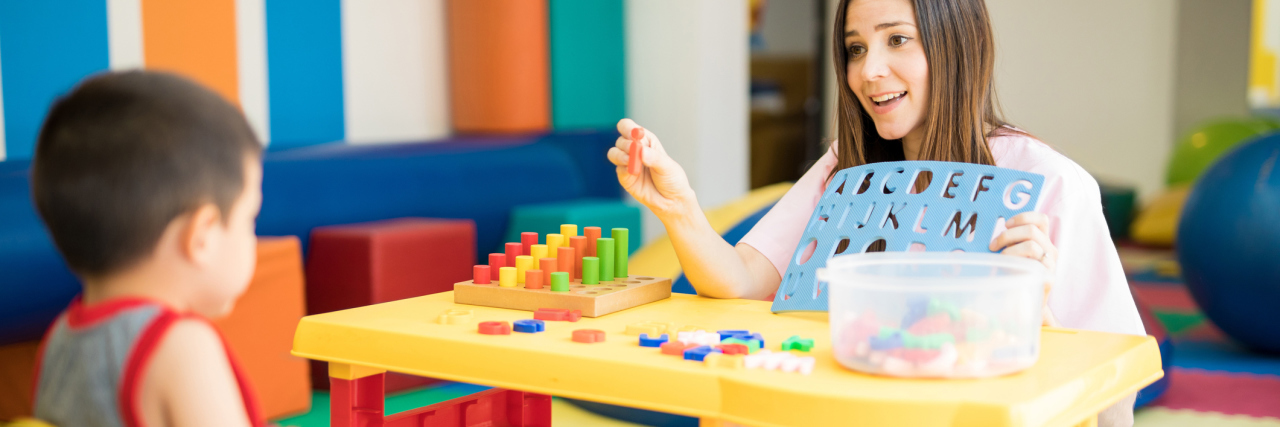The special education system can be confusing. Understatement of the year, no?
In my experience, one of the biggest areas of confusion for parents is the difference between educational accommodations and modifications. Which is better? Which should you advocate for? And is there a case where a particular change could be both? Here’s a primer on which is which and how to evaluate if something your child needs is one or the other.
Accommodations change the how.
An accommodation makes a change to how content is going to be delivered to your student, and/or how your student is going to express his or her knowledge or mastery. For example, instead of being required to take notes during a lecture, a student with a fine motor skill deficit (or a student who struggles to process information aurally) may receive a copy of notes from the teacher. This changes how the student is receiving and interacting with the content. Similarly, a student who has a stutter may be allowed to create a PowerPoint presentation for class instead of giving a live speech. This changes how the student demonstrates mastery.
Accommodations provide support for students with disabilities to meet the same bar as students without disabilities, just in a different way.
Modifications change the what.
A modification changes what content is being taught and what the student is required to do with that content. For example, a student who is reading several grade levels below his peers may be given a different book to read in history class. Additionally, he may be given a different assignment to do with that book — perhaps an interview with a professor instead of a five page research paper.
Modifications lower the bar so that students with disabilities can reach their full potential and access instruction (and show mastery) in a way that is appropriate to their needs.
Pop Quiz!
Here’s your scenario: Elementary school students are asked to write 10 sentences about the life cycle of plants. A student with a disability is allowed to find 10 pictures online, print them out, and glue them on paper to demonstrate the life cycle. She will then share a fact about each picture to the teacher. Is this an accommodation or modification?
Answer: It depends.
One of my favorite tricks to determine whether something is an accommodation or a modification is to ask: “What is this assignment/activity/test/project evaluating?”
If the assignment above was intended to assess whether students truly understand the life cycle of plants, it’s an accommodation. If the assignment was intended to assess whether students can write complete sentences, use correct grammar, and capitalize proper nouns, it’s a modification. In the former scenario, there is a change to how the student shows mastery of a science concept. In the latter scenario, there is a change to what the student is expected to be able to do with writing concepts.
Unsure about your particular scenario? Ask what the assignment or test is evaluating, and whether the change suggested changes the how or the what. Your school team should be able to tell you!
Want more examples? Follow us on Facebook @IEPGuru or sign-up for weekly tips and tricks at IEP Guru.
We want to hear your story. Become a Mighty contributor here.
Thinkstock image by Antonio_Diaz

